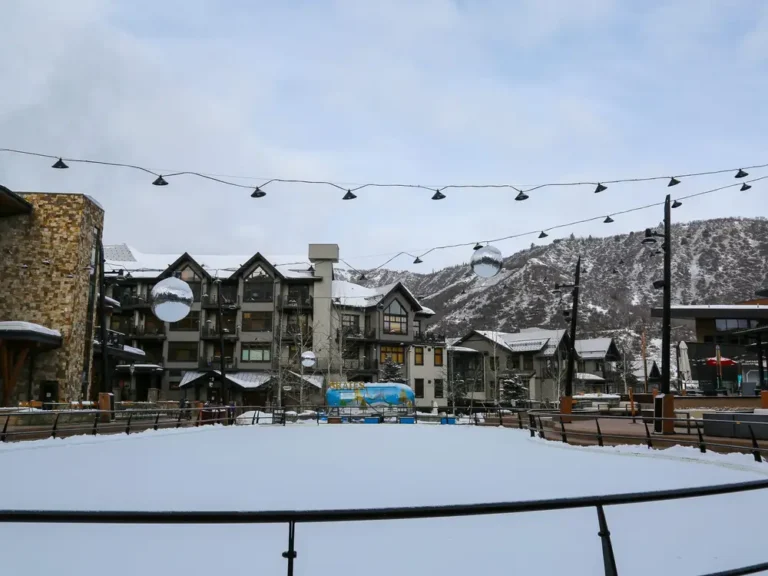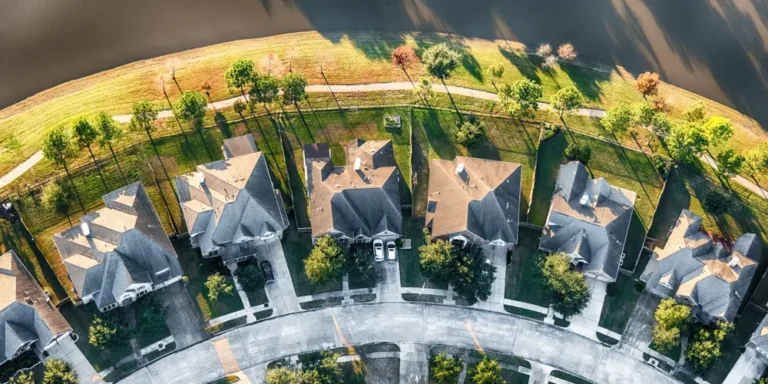2 swing states show why the US is struggling to build enough houses
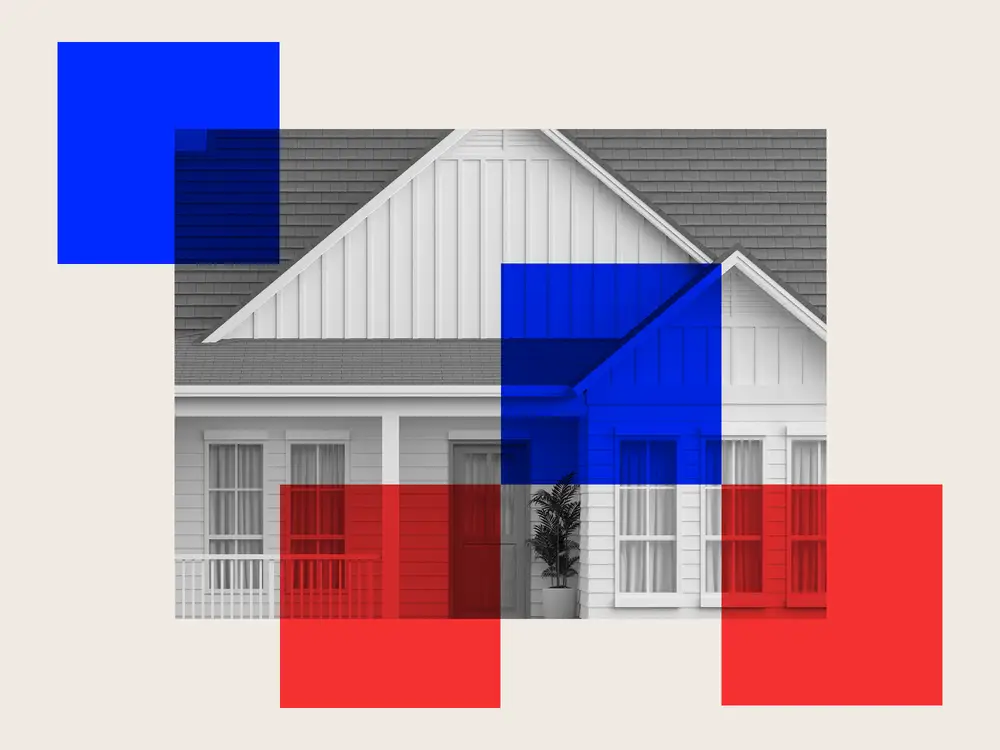
Rising home prices and rents are weighing on voters’ minds this election season.
Renters and homeowners in the handful of swing states that will likely determine the US presidential election — which include Michigan, Wisconsin, Pennsylvania, Arizona, Georgia, North Carolina, and Nevada — have been disproportionately hit by rising housing costs, caused by decades of underbuilding, a surge in new residents, high construction costs, and red tape.
Since 2017, “in 6 of the 7 states, home prices have risen faster than the national average, and the national average is already quite high,” Alex Horowitz, director of Pew’s Housing Policy Project, told B-17, citing data from Zillow and Apartment List. “In all 7 states, rent growth has been higher than the national average.”
Two swing states — Arizona and Pennsylvania — exemplify in their own ways how housing markets across the country have failed to address the key issue they face: too few homes.
In Arizona, sprawling subdivisions can only sprawl so far, and years of population growth have outstripped supply. While Pennsylvania’s population shrank in recent years, it’s still struggling to dig itself out of a construction worker shortage after years of underbuilding.
Zoning restricts housing for Arizona’s population boom
For years, Arizona has been among the fastest-growing states in the country. Sprawling subdivisions helped accommodate the growing population and were enough to keep housing costs relatively low through the early 2010s.
The pandemic supercharged pressure on the housing market. Since 2020, Arizona has welcomed hundreds of thousands of new residents. As demand spiked, snarled supply chains helped inflate construction costs. Since January 2020, home prices in Arizona have risen by 55%, compared to a national average of 45%, while rents have jumped 27%, compared to a national average of 22%, Horowitz said.
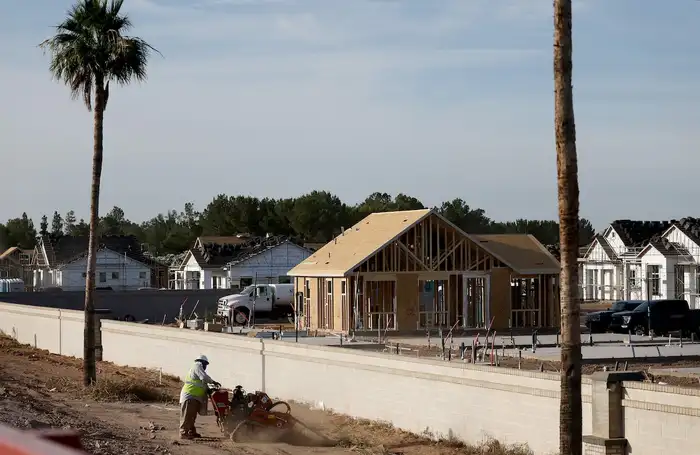
Arizona is running out of groundwater for its sprawling suburban and exurban communities, which are largely made up of single-family homes.
Housing experts blame some of Arizona’s home shortage on the restrictive zoning laws in many of its cities and suburbs, which tend to allow only large-lot, detached single-family homes. These homes are generally more expensive than denser housing and require far more land.
“The obvious land that’s proximate to job centers is scarcer and scarcer after we’ve had 20 or 30 years of significant home building” in Arizona, Ben Metcalf, managing director of the Terner Center for Housing Innovation at UC Berkeley, told B-17.
At the same time, the state is running out of water to support its new homes and residents. State officials announced last year that Arizona doesn’t have enough groundwater to support all the future homes that have been approved for building in the Phoenix area.
Pennsylvania is up against construction worker shortages amid a shrinking population
Two thousand miles away, in Pennsylvania, voters are also facing a housing shortage. Home prices have risen 39% since January 2020, Horowitz noted, even though the state’s population is shrinking. Pennsylvania has lost an estimated 41,000 people since 2020.
Like many other states, Pennsylvania has underbuilt housing since the 2008 financial crisis, which tanked the housing market. In recent years, it’s struggled with issues that plague the rest of the country, including elevated building material costs and high interest rates that make capital more expensive.
But it’s also dealing with a particularly severe construction worker shortage. Bureau of Labor Statistics data shows that after growing steadily during the 2010s, the total number of construction employees in Pennsylvania has plateaued since bouncing back after the pandemic recession, while construction jobs continue to boom in the nation as a whole.
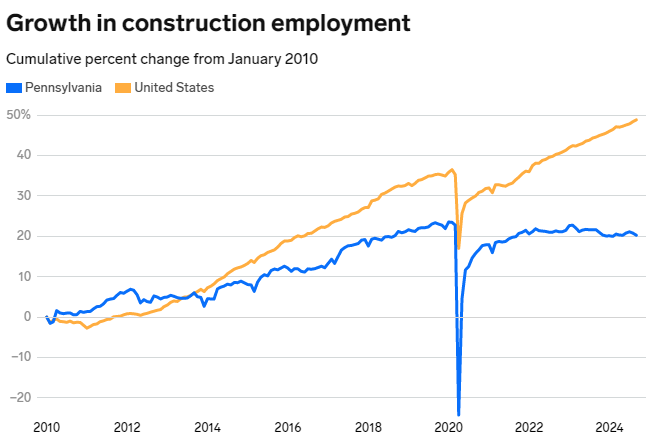
Horowitz noted that Pennsylvania ranked 48th out of the 50 states for homes permitted from 2017 to 2023.
“The aging workforce is a very big problem in residential construction in a place like Pennsylvania,” Metcalf said, adding that restrictive federal immigration policies have limited the construction workforce, which is disproportionately made up of immigrants.
Horowitz noted that, like in Arizona, restrictive zoning policies are also preventing the construction of denser, cheaper housing in the state’s suburban and exurban communities.
Pennsylvania Gov. Josh Shapiro directed his administration in September to develop a statewide housing action plan. “While Governor Shapiro has made real progress in his first two years, he knows more needs to be done to fix the housing shortage and cut costs for Pennsylvanians,” the administration spokesperson said.
Housing policy on the campaign trail
Swing-state voters list the economy as their top issue in this election. But “when you drill down, it is about affording to live and pay their rent and pay their mortgages,” Tucson Mayor Regina Romero told B-17. “Affordable opportunities help families stop worrying about where they’re going to live next or sleep next and start worrying about how they can thrive in our economy.”
Housing affordability has become such an acute problem that Vice President Kamala Harris has promised to build 3 million new homes over her first term, send $25,000 in downpayment assistance to first-time homebuyers, and spend billions on housing innovation.
Meanwhile, former President Donald Trump has said he’ll bring housing costs down by cutting interest rates — though the Federal Reserve, which controls rates, operates independently of the government. He’s also promised to deport millions of immigrants to free up housing and open up federal land for home construction.
To be sure, not all Americans are being adversely impacted by rising rents and home prices. Many homeowners who locked in relatively low mortgage rates years ago have watched their home equity soar as prices have skyrocketed.
Renters are almost twice as likely as homeowners to say that housing affordability is a top-three issue in deciding who to vote for in this election, a recent Redfin survey found. Almost a quarter of potential first-time homebuyers say they’re waiting until after the election to buy a home, with many interested in Harris’ downpayment support, Redfin also reported.


